Ludwig van Beethoven in Vienna
The series about historical places of opera art & culture. Get to know exciting excursion and travel ideas for opera lovers. This time: Ludwig van Beethoven in Vienna.
All Destinations on google maps with links to detailed Blogposts:
Ludwig van Beethoven in Wien
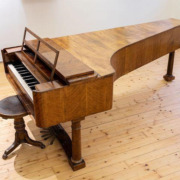
Beethoven, who was born in Bonn, visited Vienna for the first time in 1786 to see Mozart. Even today, however, it is not certain whether he actually met Mozart. Six years later, he returned to Vienna for good after having met with Joseph Haydn in Bonn, who accepted him as a pupil. Because the Rhineland was occupied by the French, Beethoven was forced to stay in Vienna, and after the death of his father, his two brothers also came to Vienna.
Fortunately, 200 years later, one can still discover Beethoven’s traces in Vienna. First of all, we should mention Beethoven’s apartments. He often changed his quarters, 58 apartments are documented, some of which he lived in several times. His death house, the so-called “Schwarzspanierhaus” on Schwarzspanierstraße, however, has not been preserved.
Beethoven quickly made a name for himself as a piano virtuoso. He played in the salons of his patrons; the Palais Lobkowitz or the Hradec Castle are still witnesses of this time. At the age of thirty his deafness made itself felt, the apartment where he wrote his Heiligstadt Testament can be visited. His performances as a piano virtuoso began to decrease and important orchestral works were written. With the 3rd symphony, the Eroica, Beethoven entered a new era in 1803 and the middle, very productive creative period with countless masterpieces began.
The Napoleonic wars and turmoil shook Vienna. Money was no longer so easy for the nobility, and Beethoven was plagued by financial worries. In addition, social contacts became more difficult due to his hearing loss. He no longer traveled, only spa stays in Baden became more frequent due to his physical ailments. There, on long walks in nature, he often found inspiration for his compositions.
The two brothers found their way to Vienna. One became a successful pharmacist, but then left Vienna again. The second brother died at an early age, leaving a nephew over whose custody Beethoven fought a bitter legal battle with his sister-in-law for many years.
Beethoven met and fell in love with women on several occasions. Twice, Beethoven was probably ready to marry, but differences of class stood in the way of marriage. Beethoven’s fame grew. In 1823 and later he crowned his work with the 9th Symphony and the last 3 piano sonatas. In 1827 Beethoven died at the age of 57. The cause of death is still not completely clarified, even modern methods of analysis of his hair do not provide complete clarity; there are more than a dozen different diagnoses.
To the travel guide VIENNA for classic and opera fans
Destination Beethoven Museum Heiligenstadt
The Beethoven Museum is a must-see for Beethoven lovers in Vienna, especially since it was expanded in 2017. Here the gradually deafening 32-year-old Beethoven wrote the famous and shocking Heiligenstadt Testament and worked on his Eroica (3rd Symphony). In 6 floors the life of Beethoven is brought closer, especially impressive is the floor that deals with his hearing problems.
A look inside the museum:
The museum is located outside the center of Vienna, because at that time Beethoven hoped that the good air would improve his health. The house still breathes the spirit of Beethoven’s time and the courtyard has retained its Biedermeier charm:
Court of the museums:
Guided tours are recommended, there are also free public tours (registration mandatory via website).
Nearby is “Mayer am Pfarrplatz”, one of the traditional Heurigen restaurant. In this house Beethoven is also said to have lived, the house is still in its original condition.
Mayer am Pfarrplatz:
https://www.pfarrplatz.at/de/heuriger/der-heurige/
Destination Palais Lobkowitz / Theater museum
Prince Lobkowitz was one of Beethoven’s earliest patrons in Vienna and his palace was the place where, among other things, the Eroica was premiered (Eroica Hall). The Palais still stands in its original condition and is one of the oldest palaces in Vienna (built in 1687). The Palais was later an embassy residence for a long time and is now a theater museum and can therefore be visited. The museum has changing exhibitions.
Eroica Hall:
https://www.theatermuseum.at/theatermuseum/
Destination Theater an der Wien
The Theater an der Wien played a tremendously important role in Beethoven’s time and was, along with the Kärtnertormuseum (demolished in the meantime), the most important music theater in Vienna. Here his Fidelio was premiered (a commemorative plaque reminds us of this) and on the other hand and in this theater his famous Academy (concert) of 1808 took place. Beethoven had been working towards this academy for a long time, expecting it to be his main source of income for years. He presented on this evening a four-hour monster program (usual at that time) among other things with the premieres of his fourth piano concerto as well as his fifth and sixth symphonies! But bad luck stuck to his shoes on this December 22nd; on the one hand, the hall was unheated and the orchestra consisted largely of amateurs, as the original orchestra was engaged on the other. The ticket prices corresponded to a week’s wages of a worker and the hall was therefore not sold out.
Fortunately, heating was installed at the theater in the meantime, and the Theater an der Wien is still considered a first-class address for opera in Vienna.
Theater an der Wien:
https://www.theater-wien.at/de/home/
Destination Pasqualati House
Beethoven lived several times in this house, where today a small exhibition can be seen, but he did not live in this apartment. The bastion had a beautiful view of the suburbs and Baron Pasqualati kept the apartment vacant for Beethoven for several years. This house belongs to the remains of the Mölkerbastei, the former city fortification, which was largely demolished in the 19th century.
Pasqualati House, look inside the museum:
https://www.wienmuseum.at/en/locations/beethoven-pasqualatihaus
Destination Beethoven-Grillparzer-House
Beethoven lived in this apartment in 1808, and 19-year-old Franz Grillparzer lived next door with his family. The two became friends and Beethoven even set one of the poet’s works (Melusine) to music 15 years later. Grillparzer had already met Beethoven 4 years earlier in Heiligenstadt and his notes are important records of Beethoven’s person. Grillparzer also wrote Beethoven’s eulogy, which was read by an actor.
There is a memorial plaque on the front of the house, the houses cannot be visited.
Beethoven-Grillparzer-House:
https://www.visitingvienna.com/footsteps/beethoven-grillparzer-house/
Destination Beethoven monument
Beethoven often walked in this park, which was then part of a spa complex. The monument shows Beethoven walking, and in his pocket you can see a notebook that the deaf Beethoven carried with him for conversation purposes. He was also always jotting down musical thoughts, which he pursued on his walks. He is said to have been often seen humming and buzzing in the park.
The monument is located in the center of Heiligenstadt Park on the eastern side. The monument was created in 1910 from Carrara marble.
Beethoven monument:
Destination Beethovenhouse Baden
Beethoven stayed in Baden more than a dozen times to take the cure. In his later years he often stayed in the “Kupferschmiedehaus”, where he worked on his 9th symphony, among other things, and the house is therefore nicknamed the “House of the Ninth”. The house gives an insight into his life, the most valuable exhibit being Beethoven’s fortepiano (Hammerklavier).
Beethoven’s Piano:
https://www.beethovenhaus-baden.at/
Destination Beethovengang (Beethoven Walk)
The Beethovengang is his favorite walk along the Schreiberbach (a creek), with an elevation gain of 170 meters.
Beethoven walk:
http://www.wohininundumwien.at/beethoven-in-nussdorf-und-heiligenstadt/
Destination Zentralfriedhof (Central Cemetery)
Beethoven’s first resting place was at the Währinger Ortsfriedhof (local cemetery), where a tombstone still stands next to Schubert’s grave. In 1888, Beethoven body was moved to the Central Cemetery.
Beethoven’s grave at the Central Cemetery:
https://www.friedhoefewien.at/eportal3/ep/tab.do?tabId=0
Musical background: The World Premieres of “Fidelio” at the Theater an der Wien
One week before the premiere of “Fidelio” Napoleon’s troops marched into Vienna. Due to the uproar, the “Theater an der Wien” was poorly visited on the evening of the performance. Most of the visitors were French soldiers who did not understand the German texts and could not do much with the message of the opera. The applause was more than sparse and the result was a painful failure. After only three performances, the opera was cancelled. Beethoven’s friend Breuning supported him in the revision, the result of which was given four months later. Due to time constraints, the cuts were hectic, with the result that the second version also flopped. Although the work was greatly shortened, given a new name (Leonore) and a new overture, the dramatic weaknesses remained. Enervated, Beethoven locked the work in the drawer. Eight years later Beethoven was urged by friends to perform the work again. Beethoven was willing to do so, but he planned a fundamental revision, which subsequently led to the final version. The libretto was revised by Treitschke for this purpose. The success now arrived. In the following years, the soprano Wilhelmine Schröder-Devrient contributed significantly to the dissemination of the work through her embodiment of Leonore. Richard Wagner saw her in a Dresden performance in 1829 at the age of 16 and described her role embodiment as the trigger to become a musician.
Listen to the famous “Priosoners’s choir”. There we already hear the idyll of the Pastoral, which Beethoven composes only two years later. It is a stroke of genius that Beethoven composed the prisoners’ hope with such intimate music. No wonder that forty years later Verdi felt inspired to compose another famous prisoner choir.
Prisoner’s choir from “Fidelio”:
https://opera-inside.com/fidelio-by-ludwig-van-beethoven-opera-guide-and-synopsis/#O


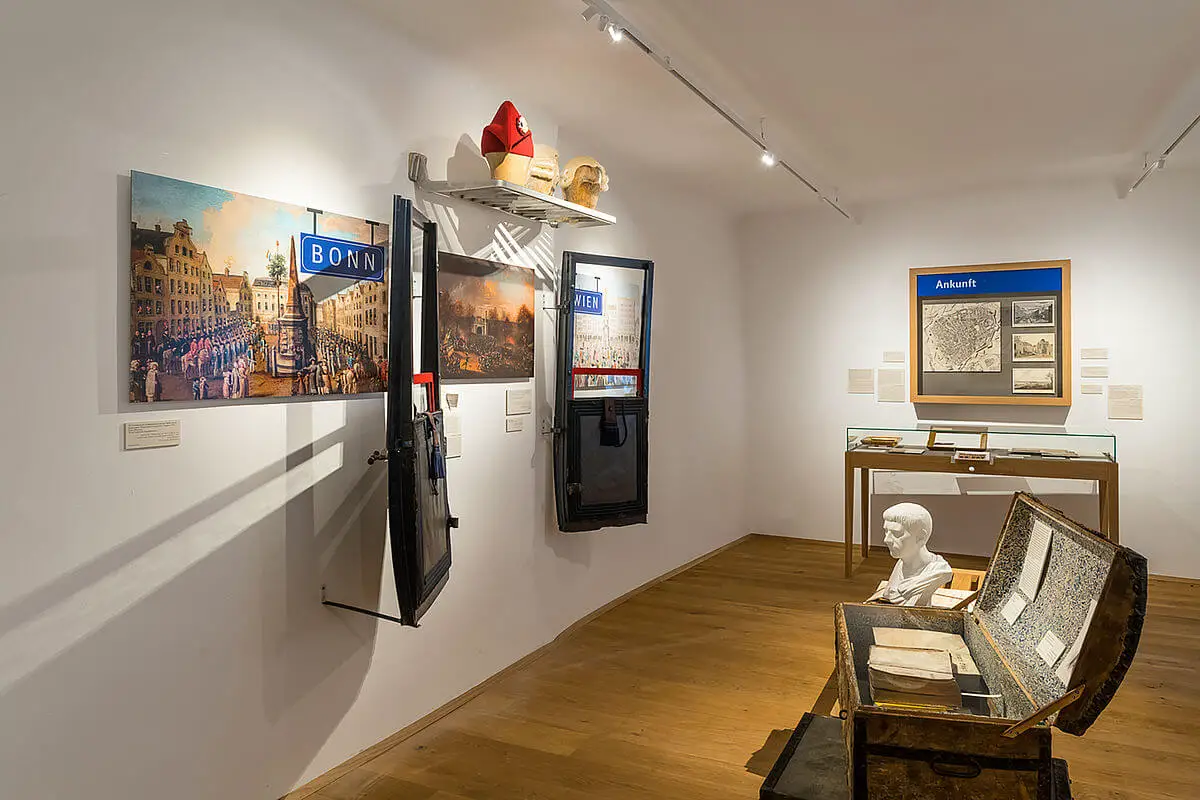
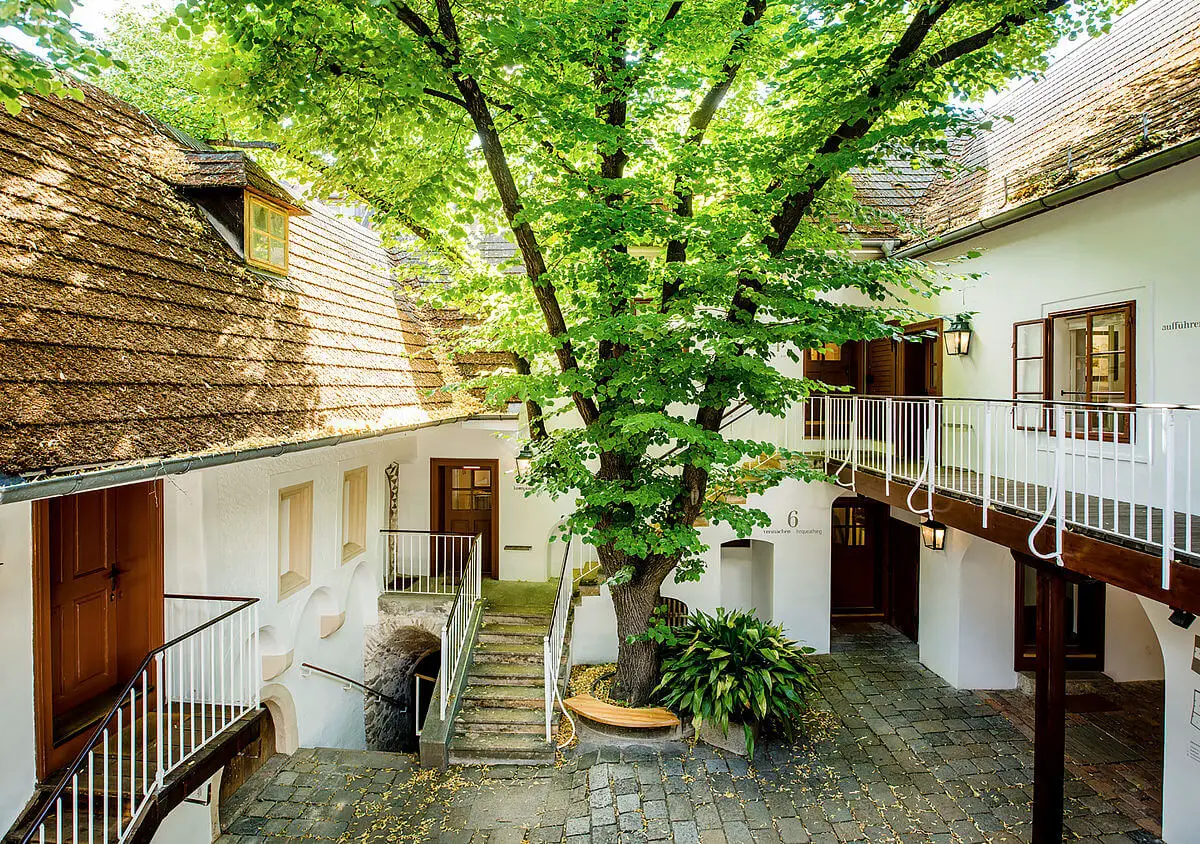
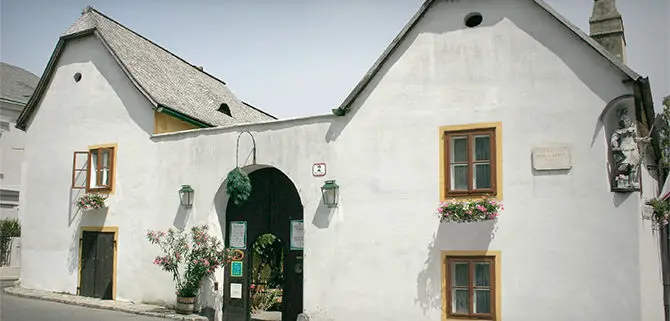
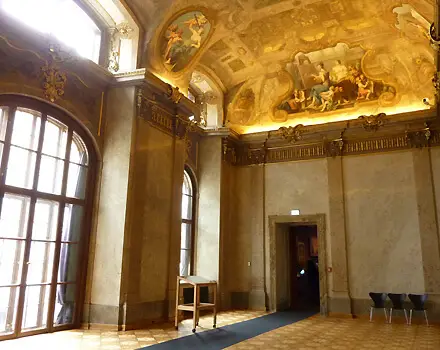
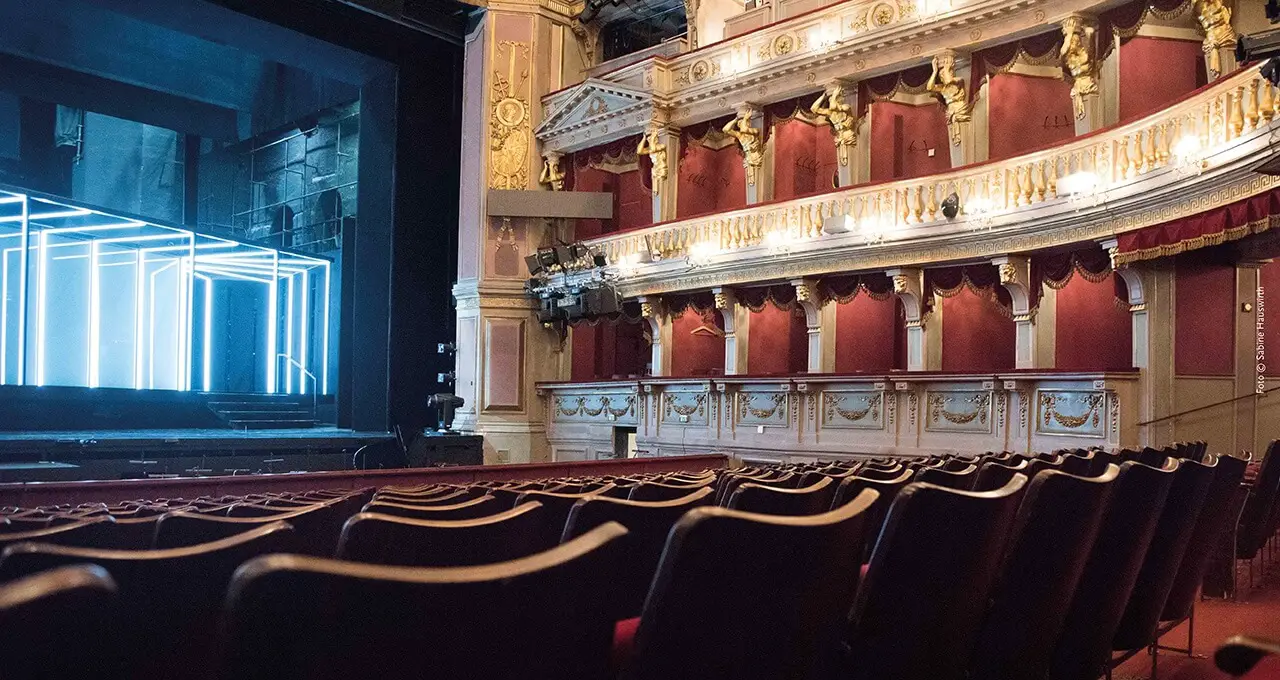
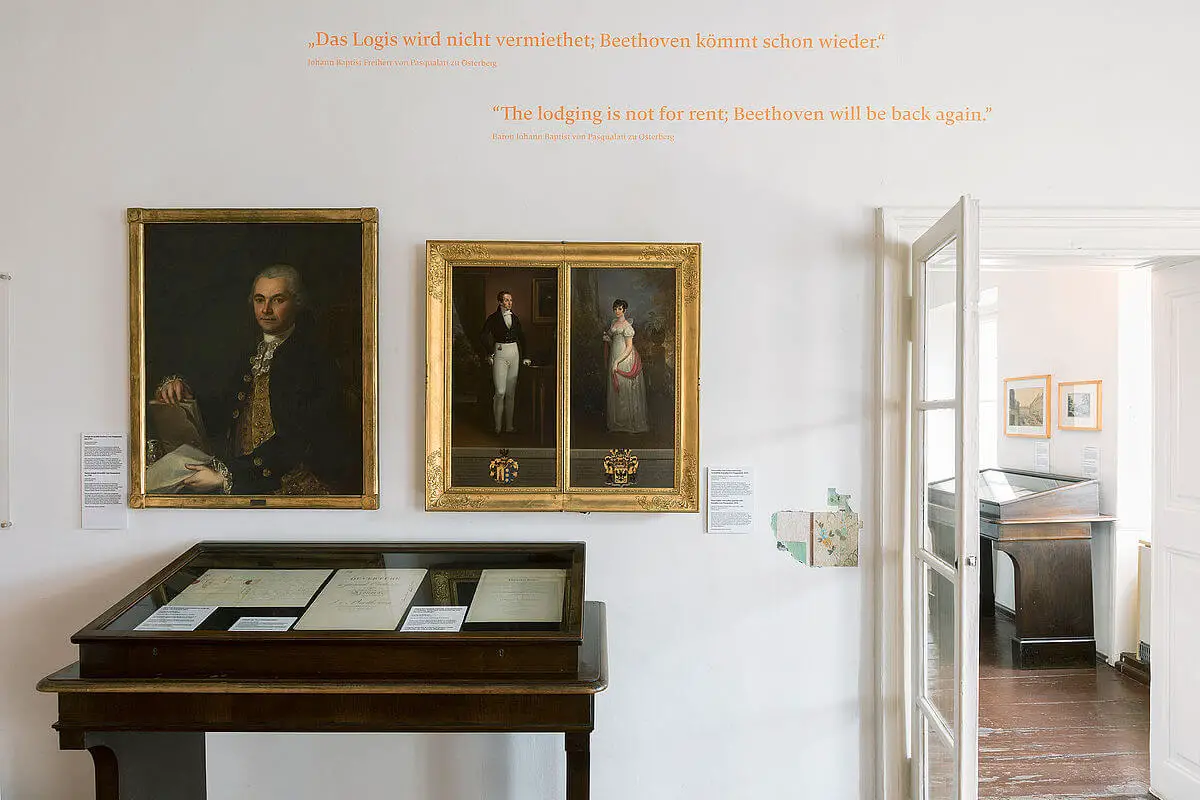
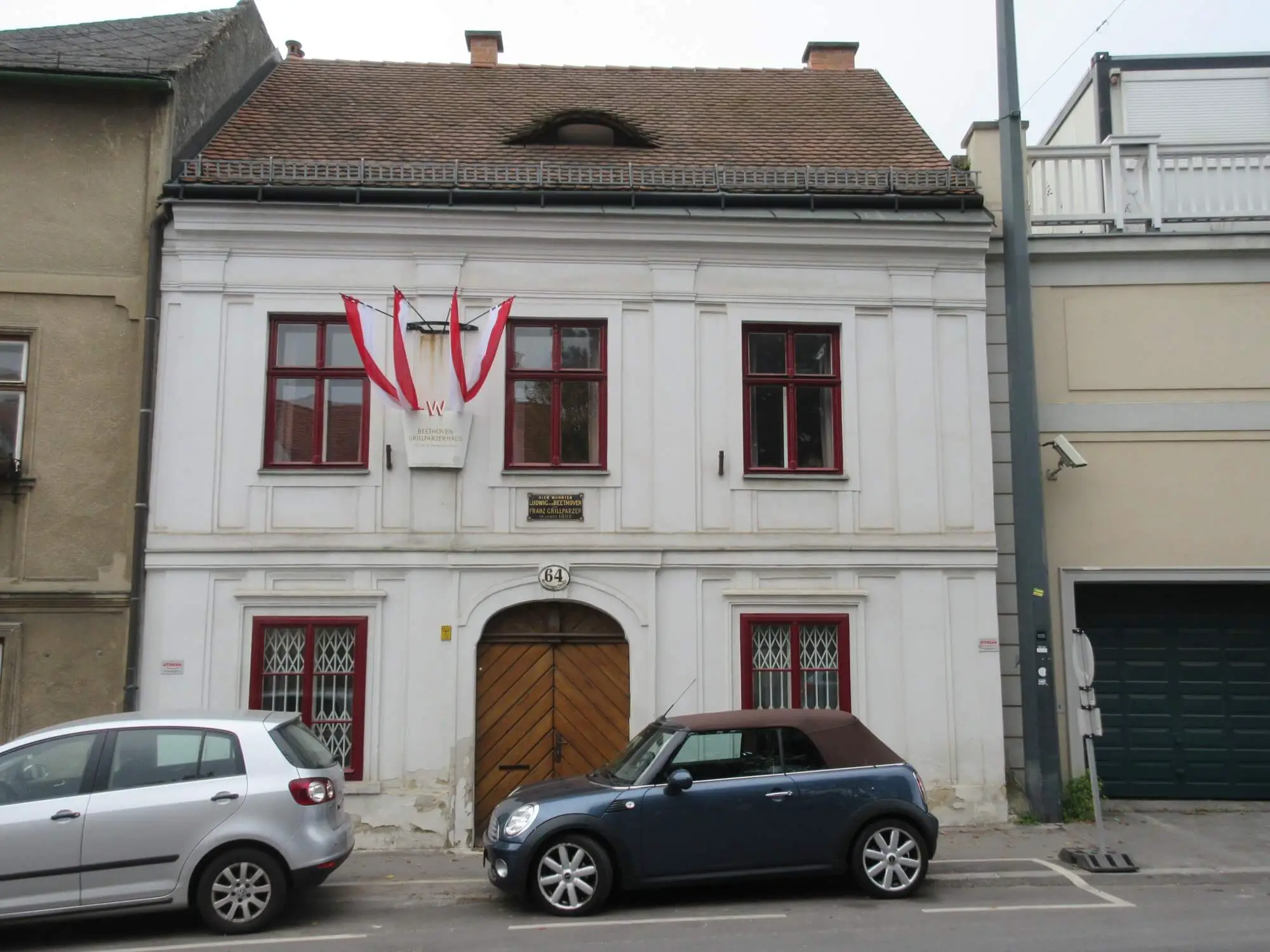
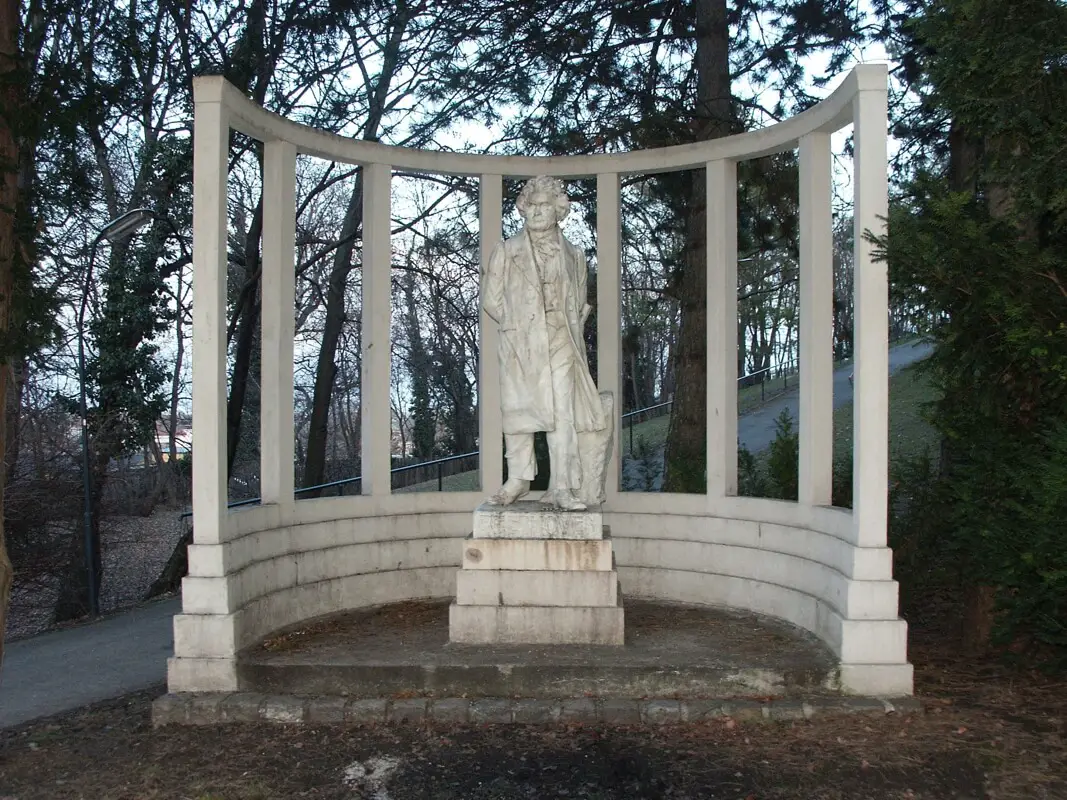
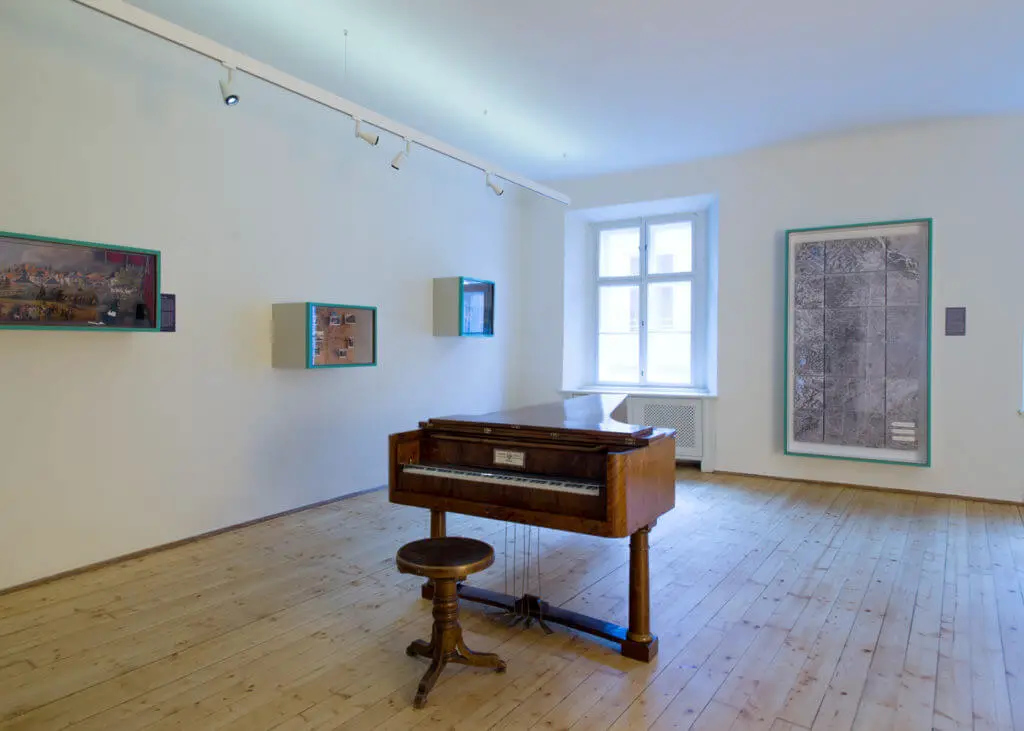
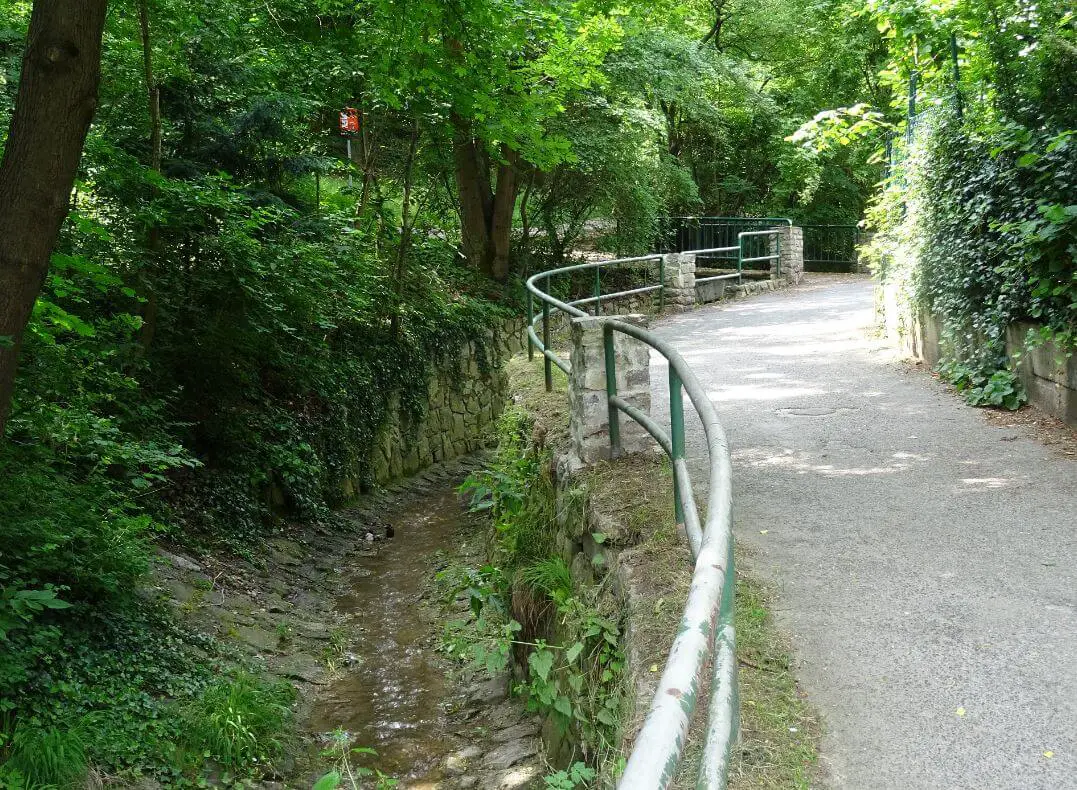
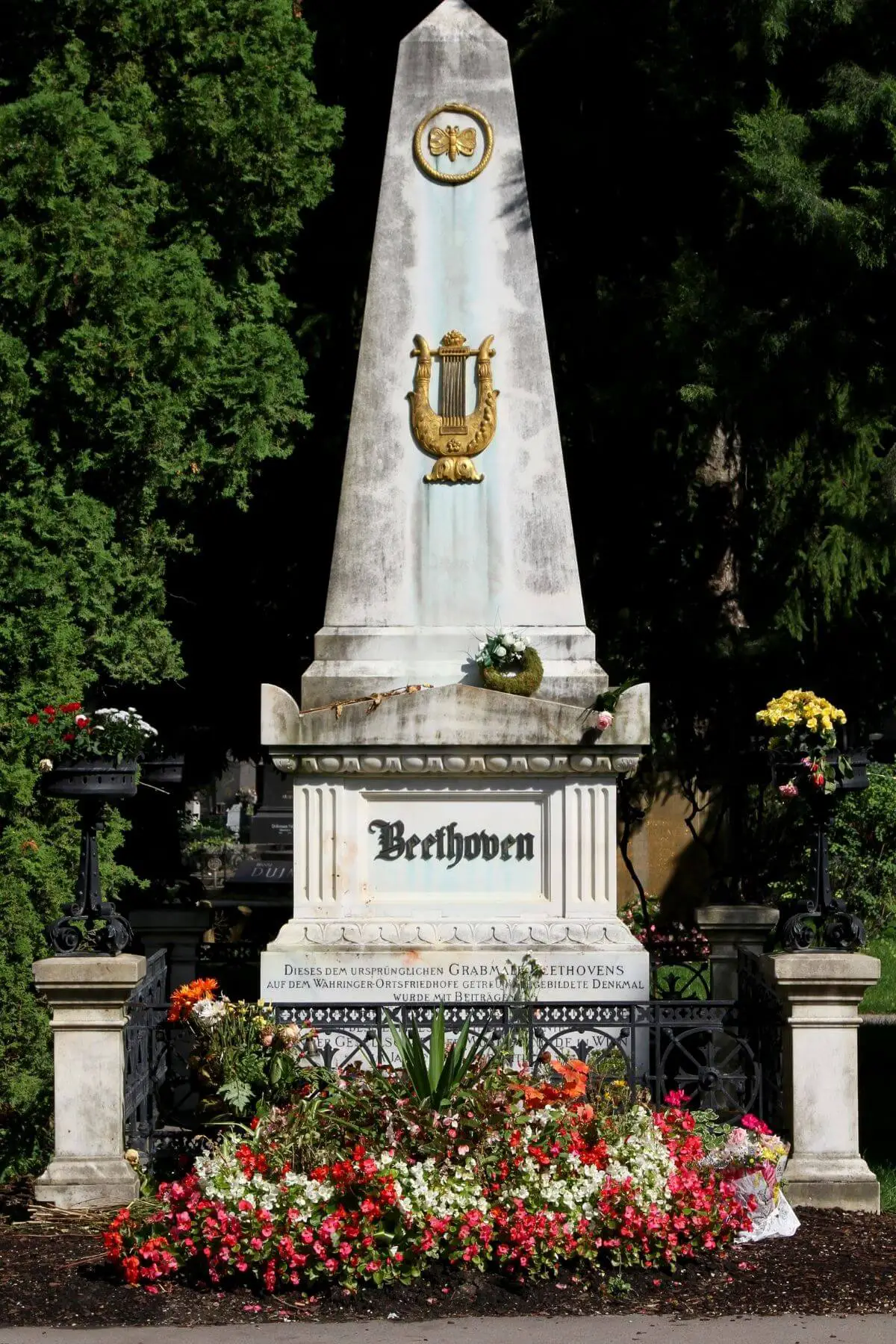


Leave a Reply
Want to join the discussion?Feel free to contribute!